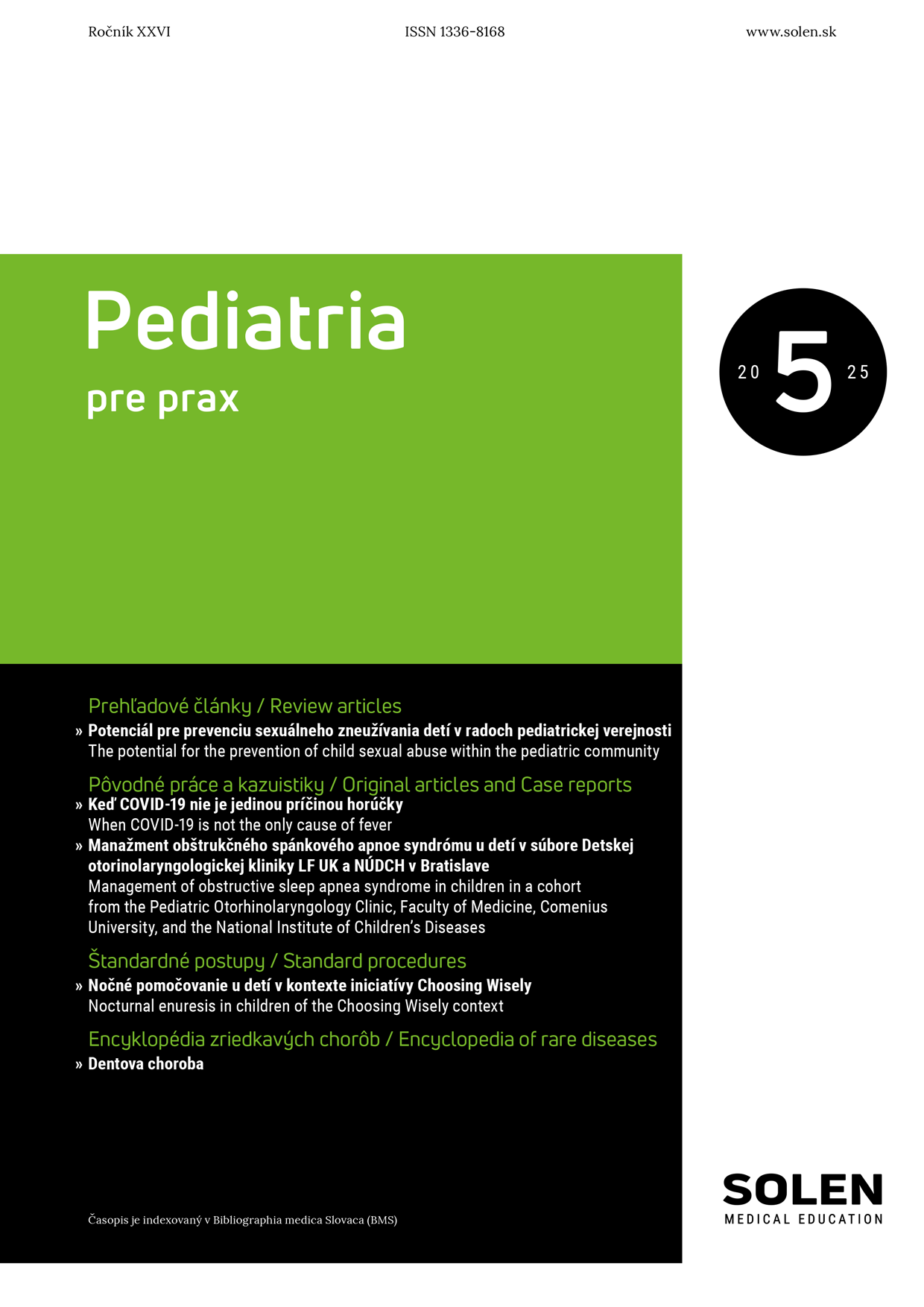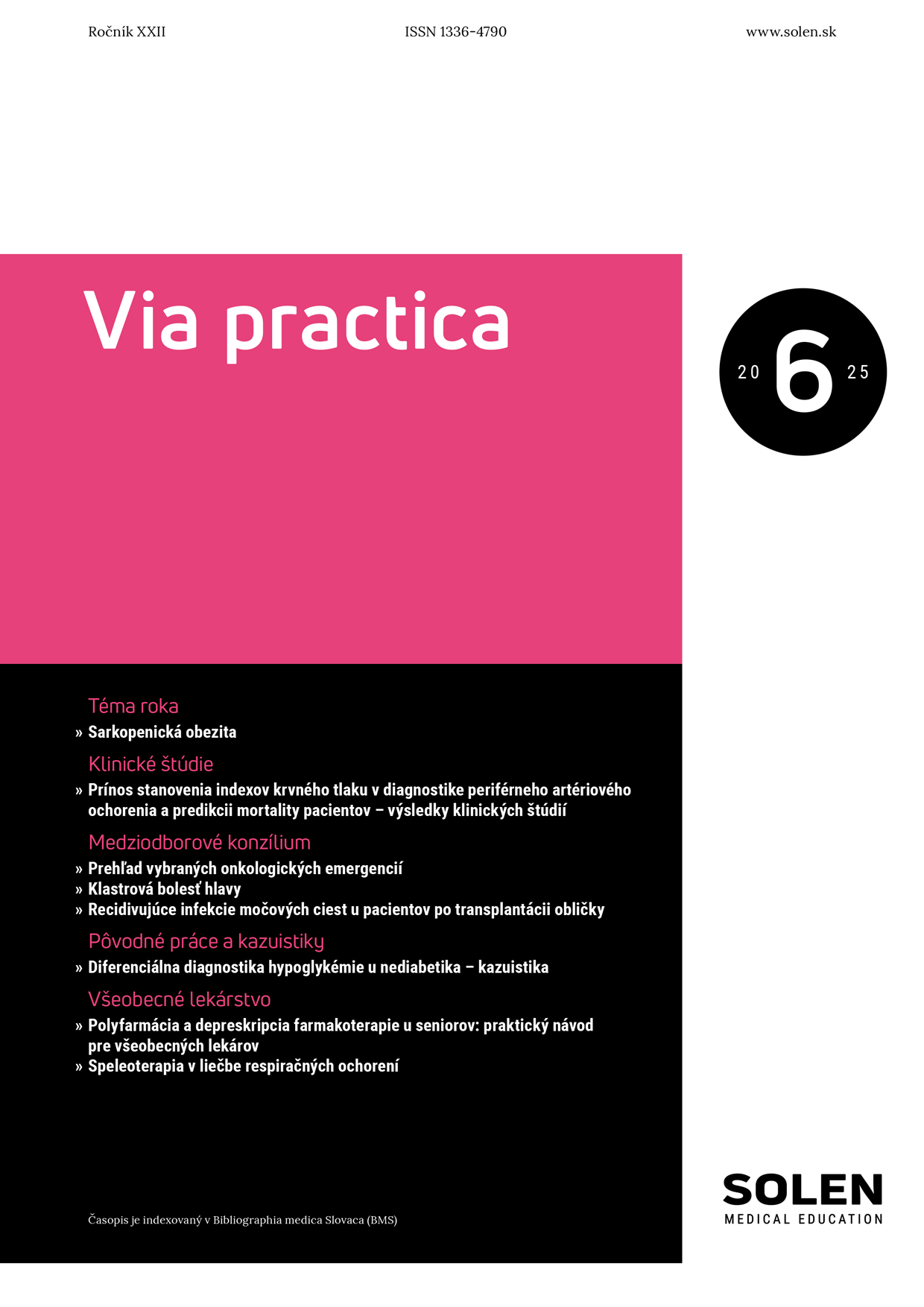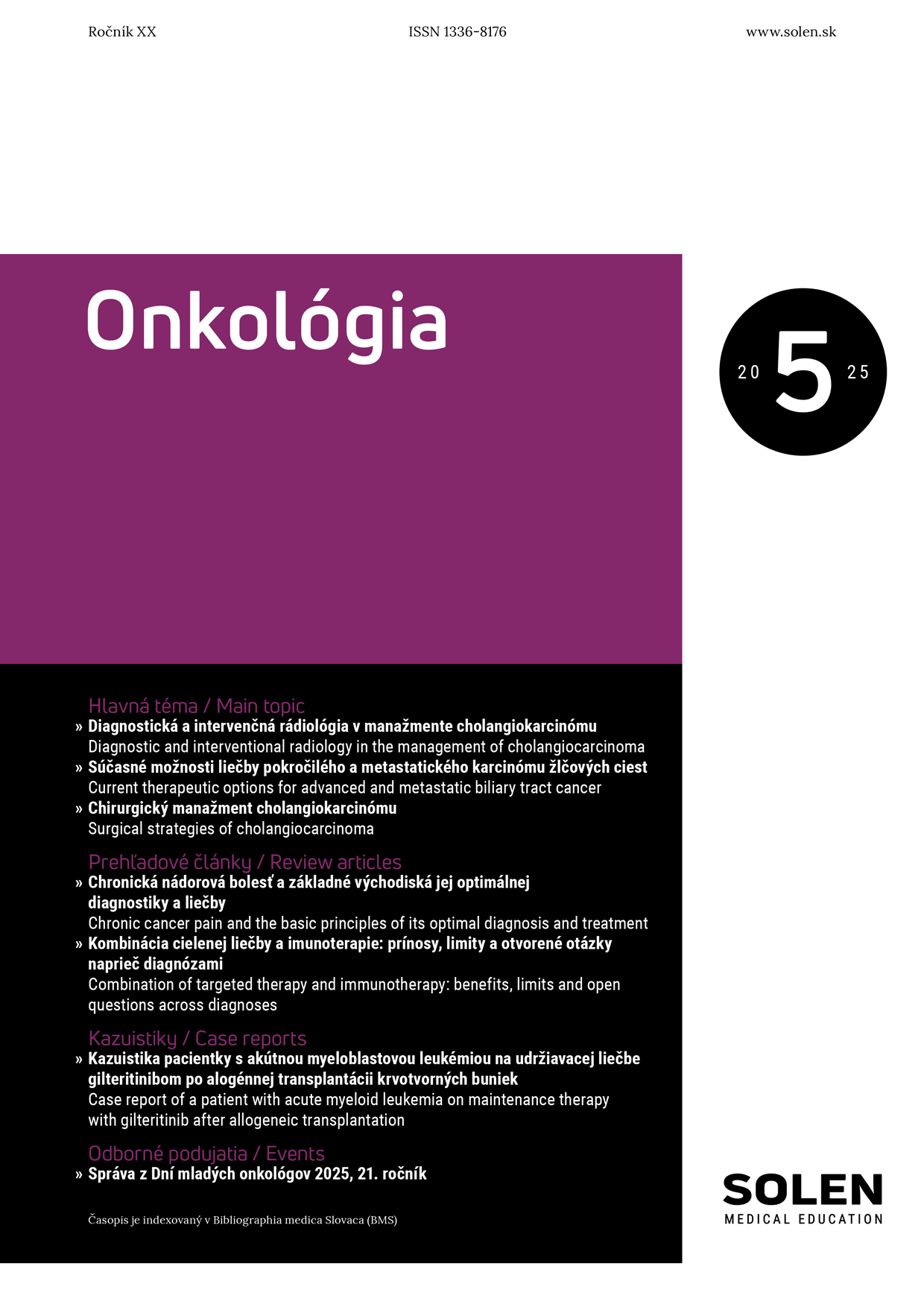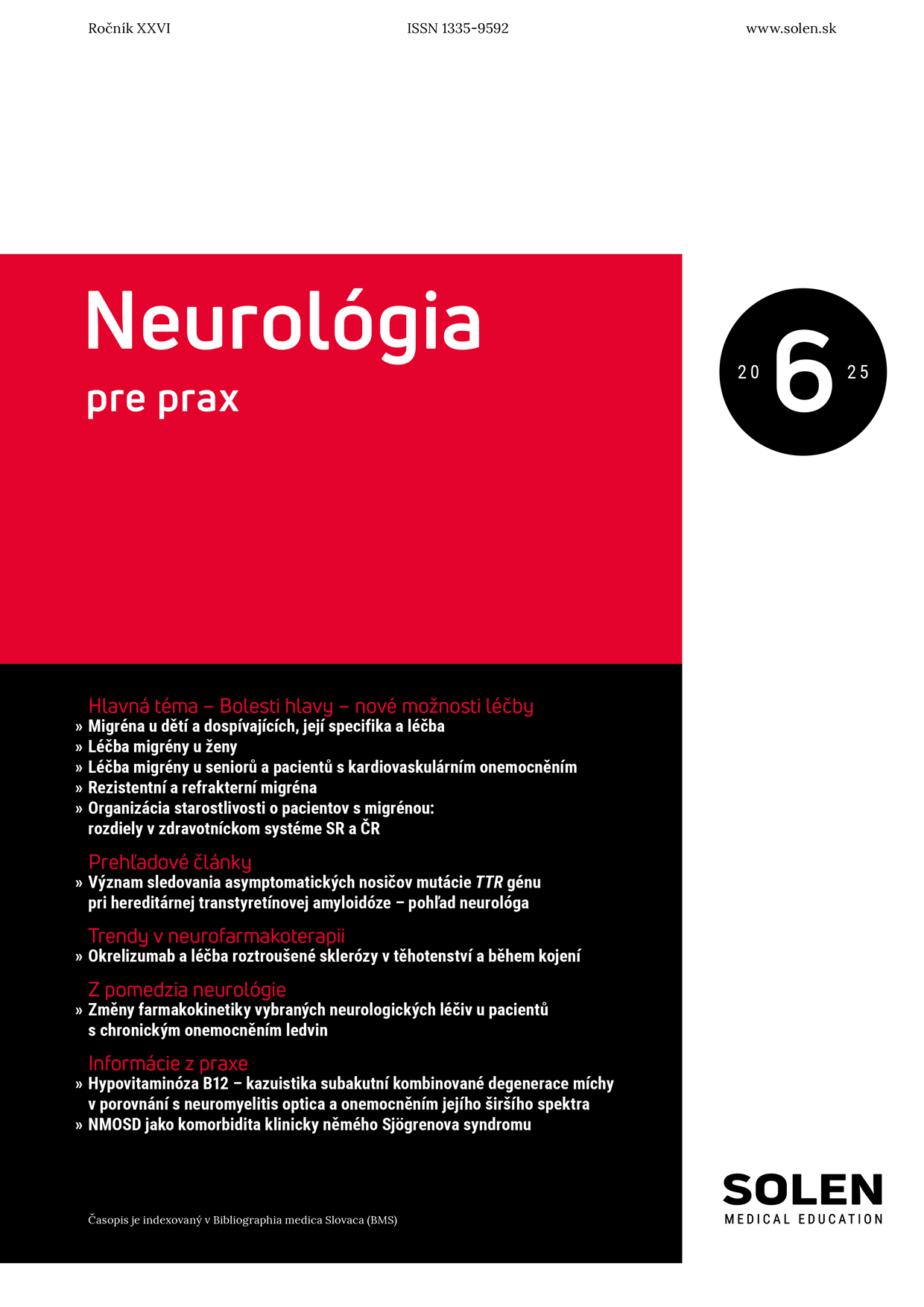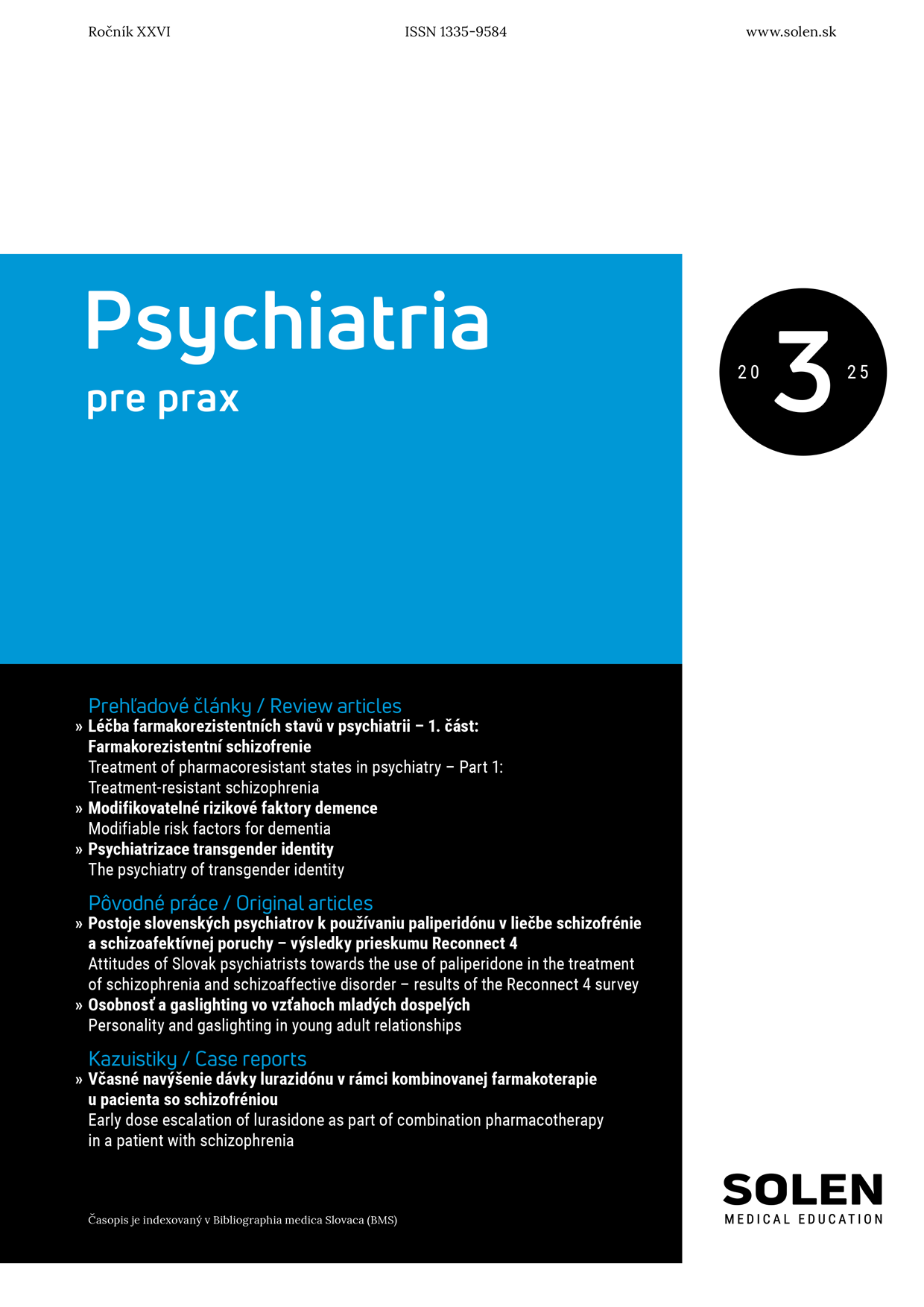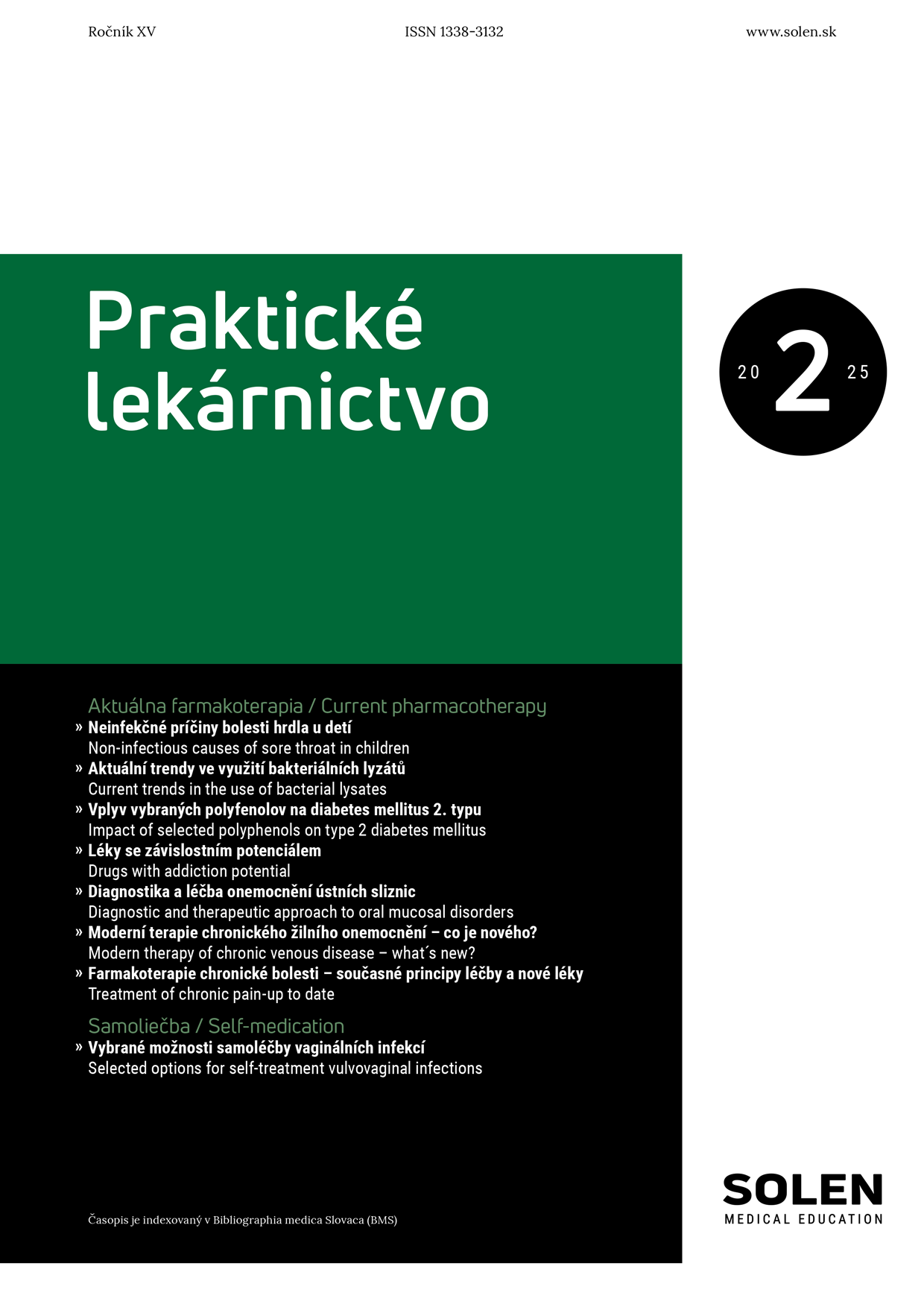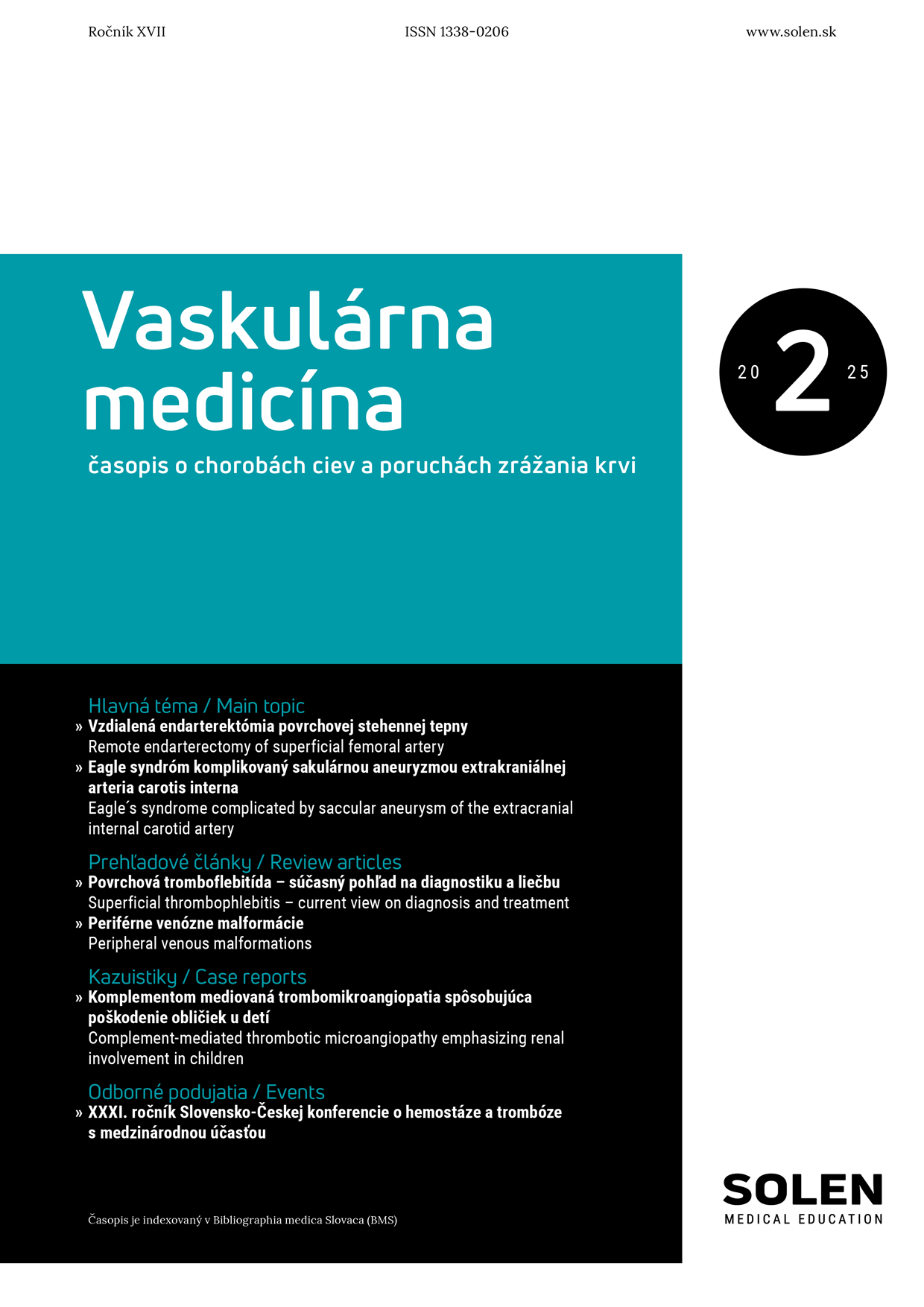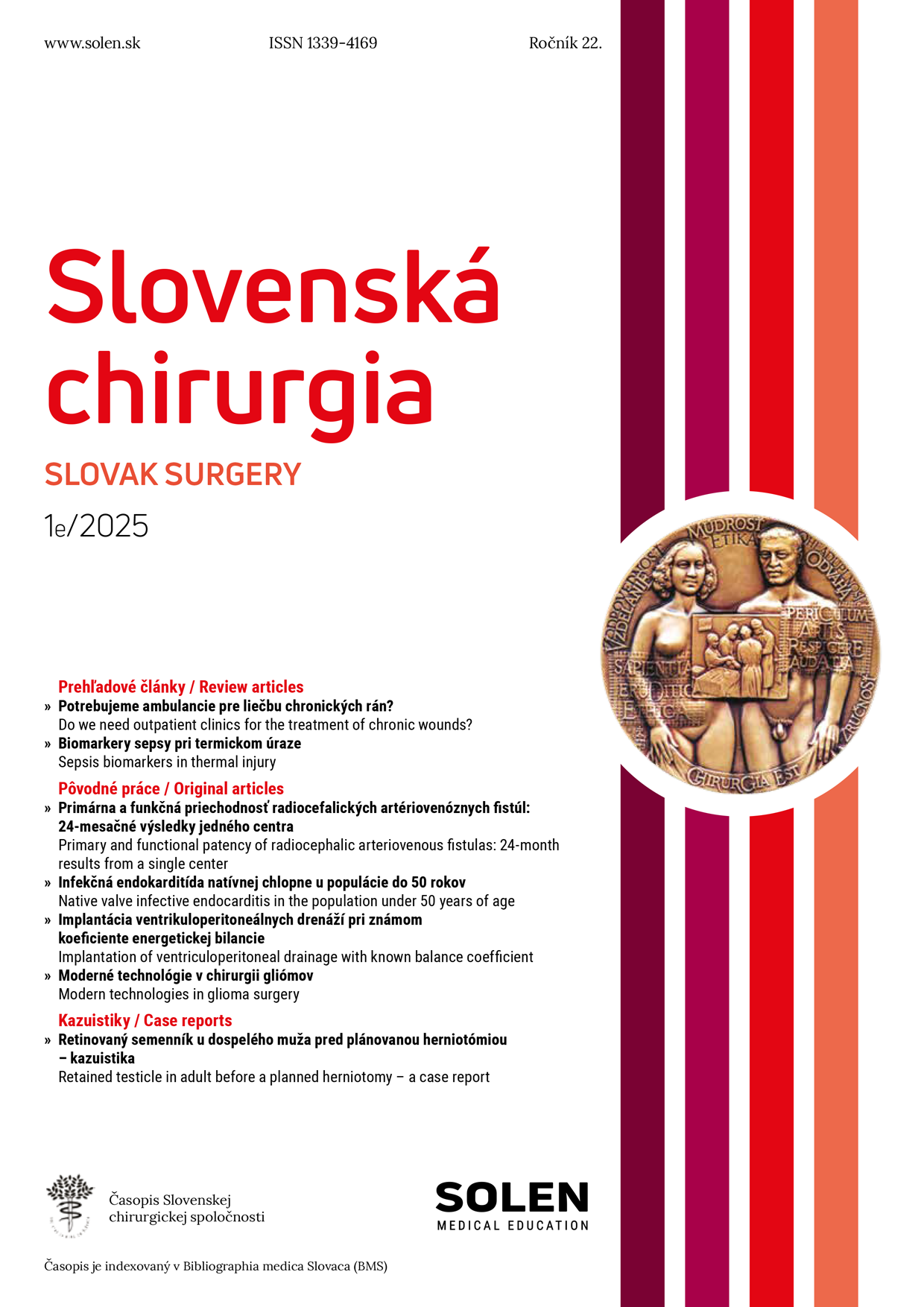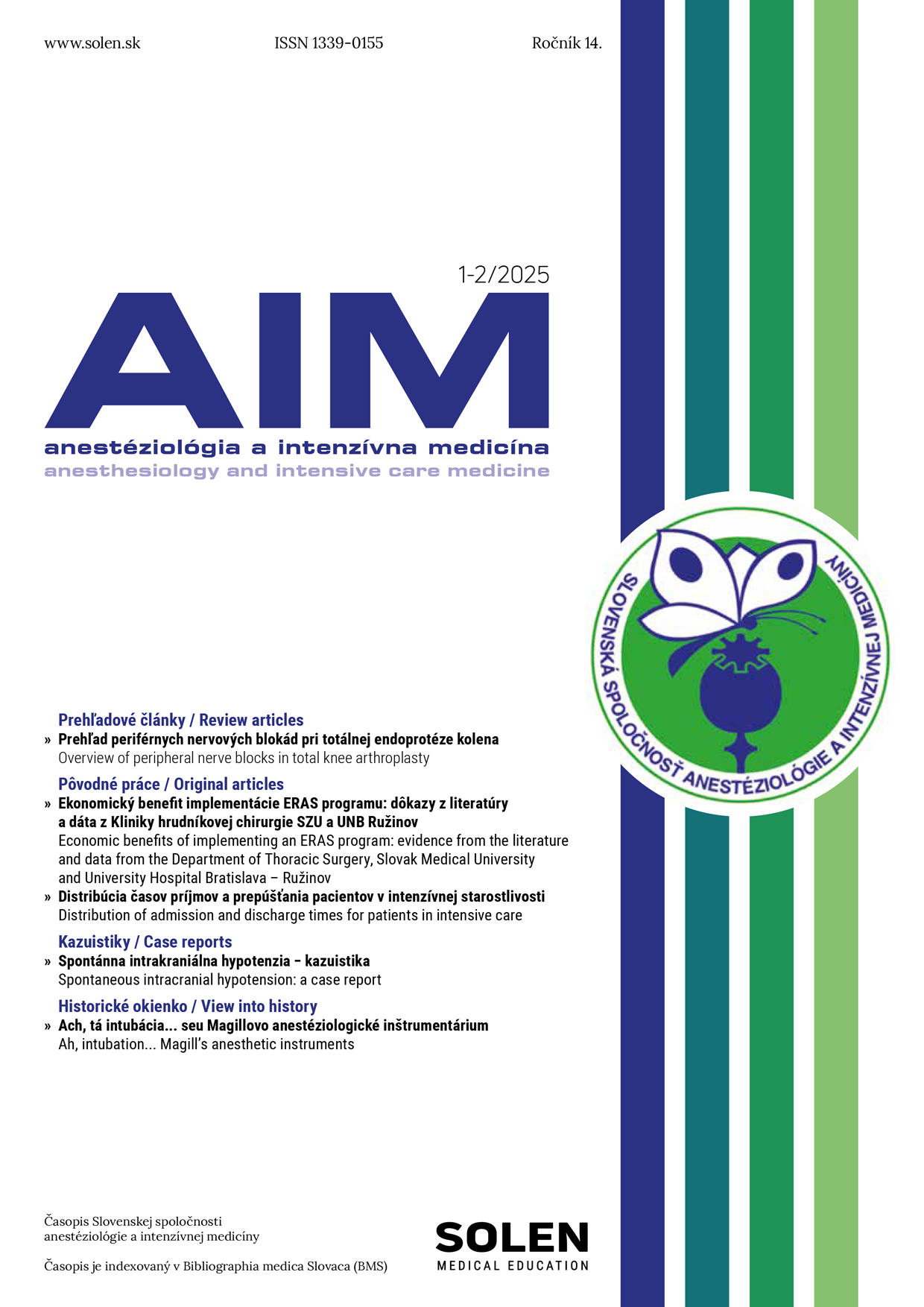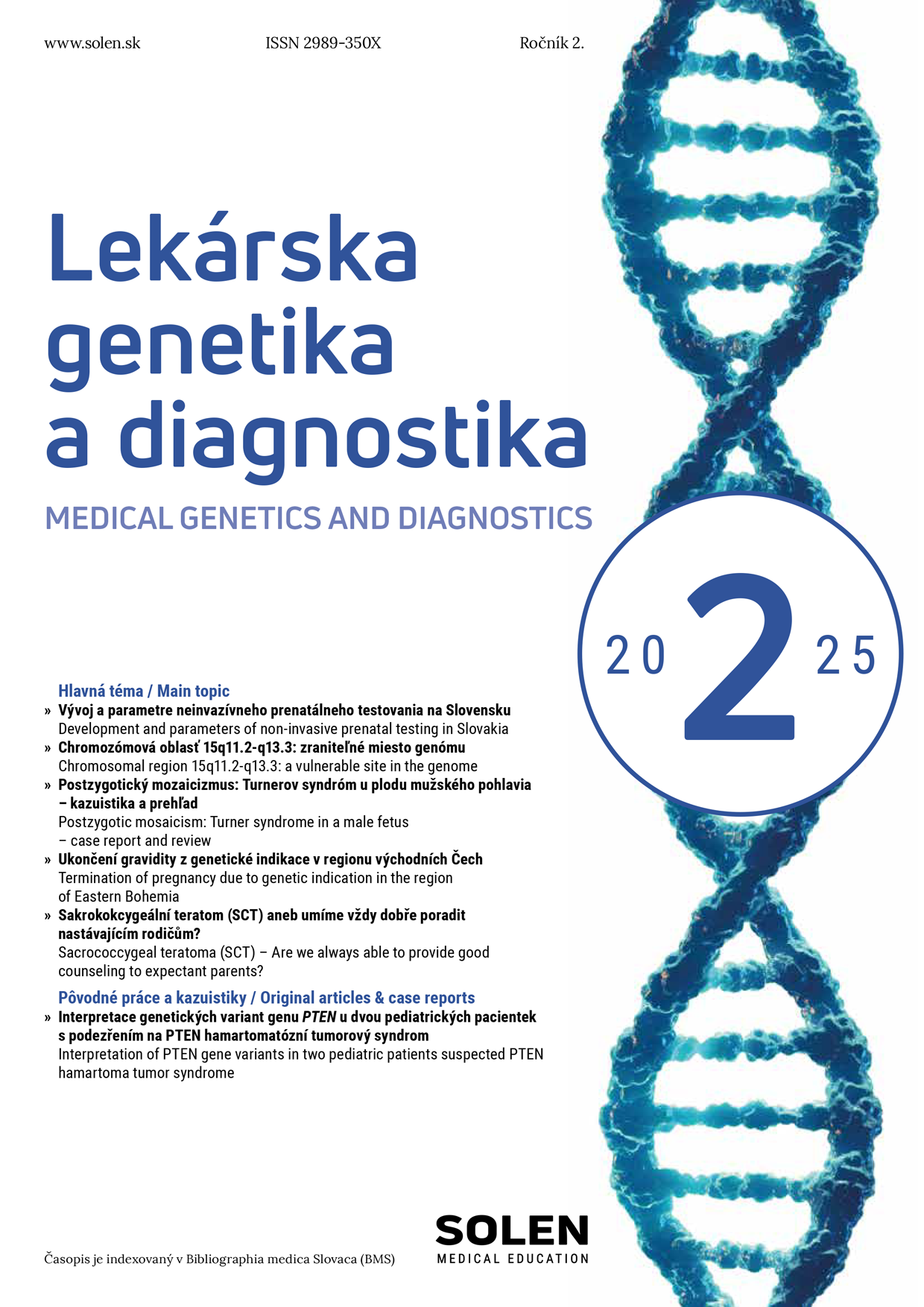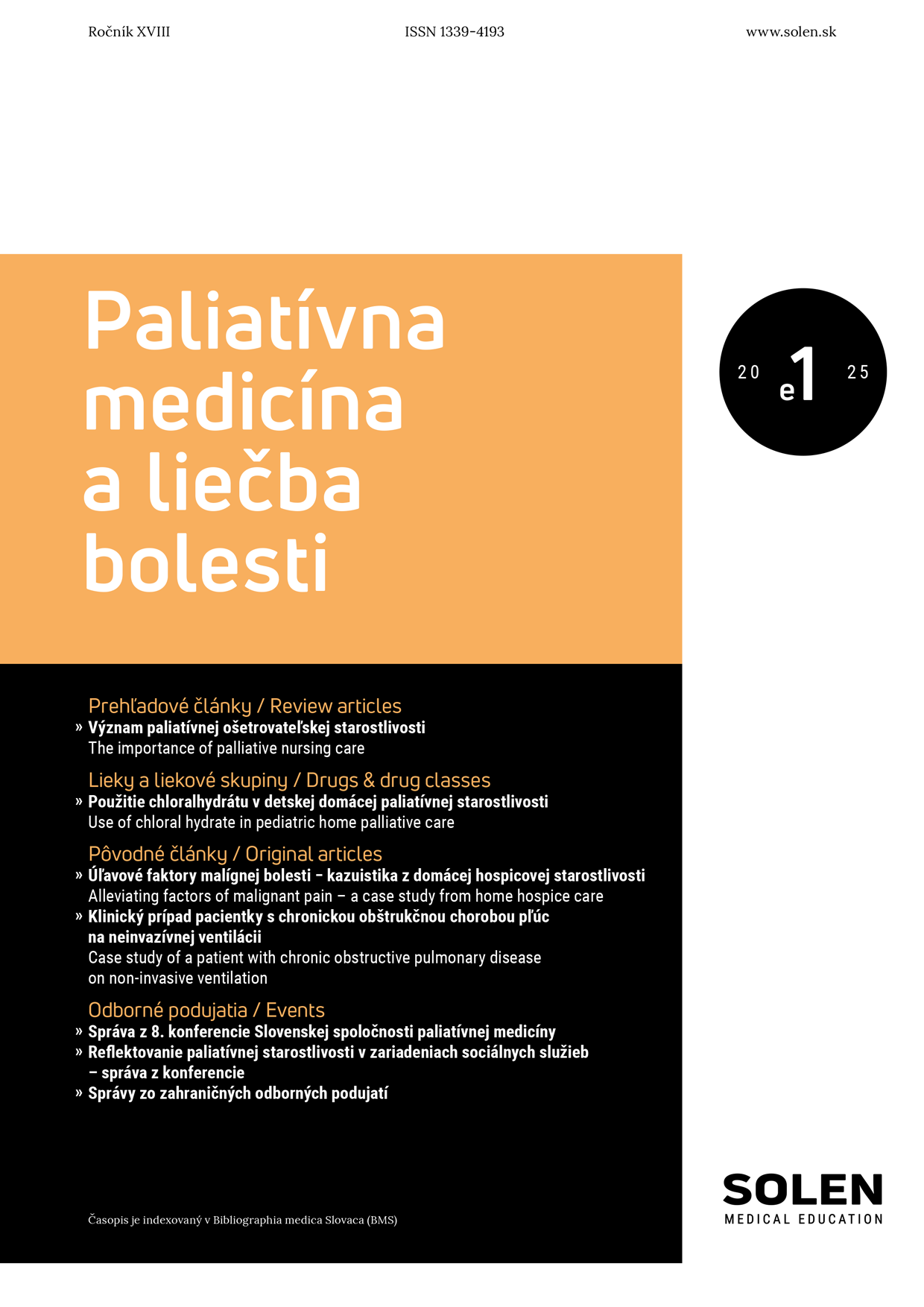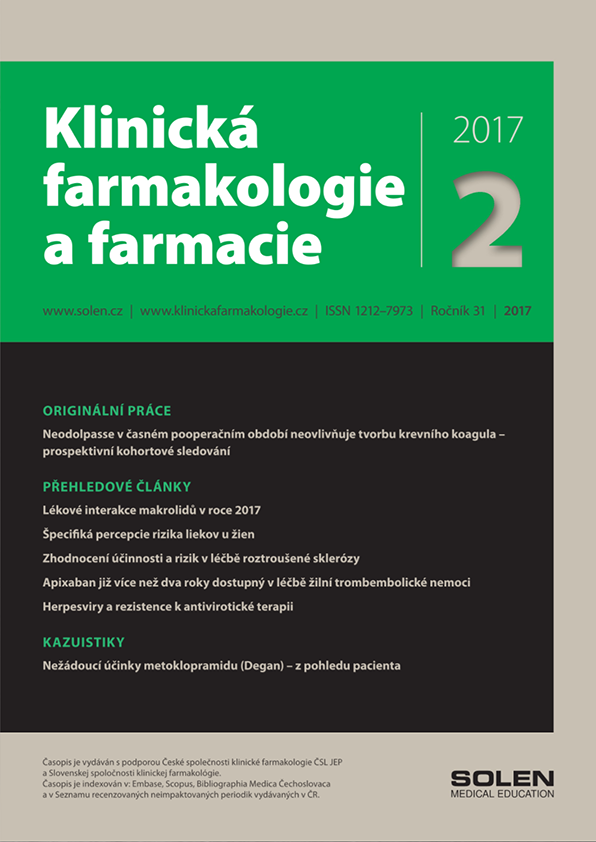Dermatológia pre prax 2/2025
Metal hypersensitivity tests before orthopedic surgery
Orthopedic surgical procedures, especially the implantation of knee and hip joint endoprostheses, are increasingly common interventions. Despite technological advancements and improved accessibility, a significant proportion of patients remain dissatisfied with treatment outcomes. One possible, though less frequently considered, cause of postoperative complications may be an allergic reaction to metals or other components of the implant. Currently, no standardized diagnostic algorithm exists for ruling out hypersensitivity in this context. The diagnostic approach should first exclude more common causes of complications. In differential diagnosis, histological examination of skin lesions or perioperatively collected tissue samples can be helpful. The most commonly used method is patch testing, which is recommended only when there is a clinical suspicion of allergy. In such cases, prolonged reading of the results is necessary, ideally on the 6th–7th day after application. Among specialized in vitro methods, the lymphocyte transformation test is available, although its use is limited by the narrow range of allergens and restricted availability. The most common sensitizing metals include nickel, cobalt, and chromium, though components of bone cement may also be allergenic. At the authors› institution, reactions to titanium(IV) oxalate hydrate were most frequently observed; however, this substance often causes irritant reactions as well, which complicates result interpretation. Diagnosis of allergy to implant materials therefore requires an individual and comprehensive approach with an emphasis on clinical correlation between findings and the patient›s symptoms.
Keywords: orthopedic surgery, metal allergy, metal implant, patch testing for metals


